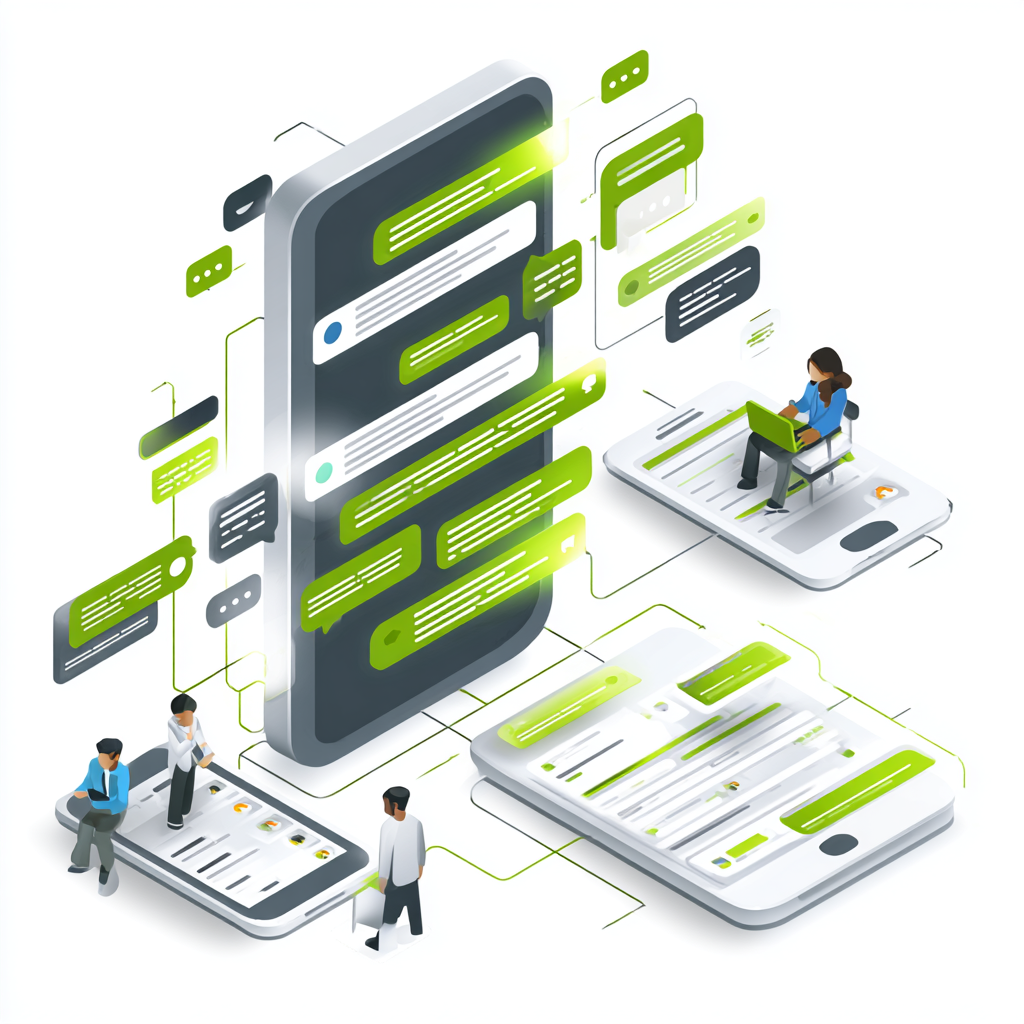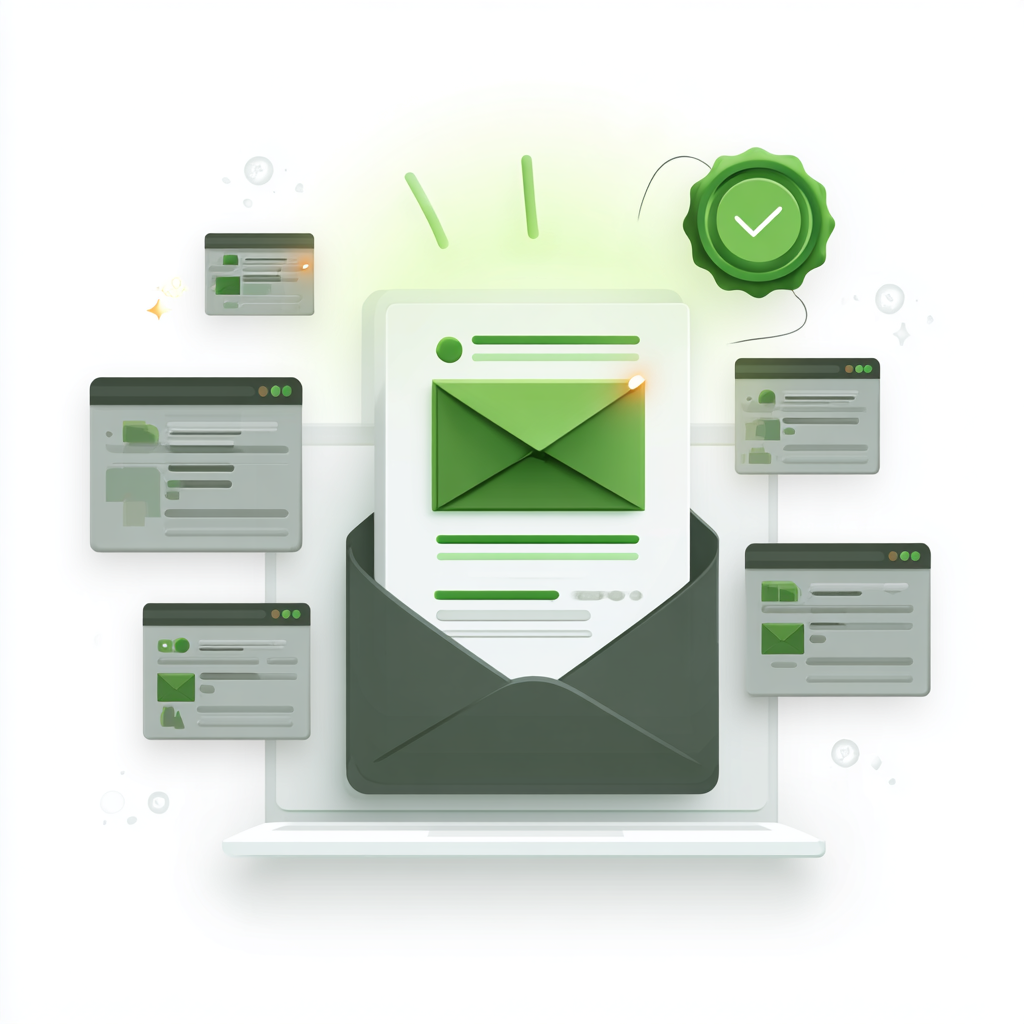B2B customer experience is the sum of every client interaction with your business. The first email to the final handshake sets the tone for how they perceive you. When the experience is smooth, honest, and valuable, trust grows. That trust turns into long-term deals, referrals, and steady growth. Today, B2B buyers want more than products or services. They want real support, clear value, and a partner who understands their needs. This guide demonstrates how to enhance your business client service by prioritizing what matters most to them and fostering lasting relationships.
What is B2B customer experience?
B2B customer experience is the sum of every interaction a business customer has with your company. This process begins with initial contact and evaluation, and continues through onboarding, support, and renewal. Unlike B2C, B2B relationships involve multiple stakeholders, longer decision cycles, and a greater focus on value and partnership. Delivering a strong experience means understanding customer needs at every stage and positioning your company as a reliable, strategic partner in their success.
Key elements of a strong B2B customer experience
Creating a successful B2B experience requires an intentional strategy that touches every part of your customer’s journey. These elements are critical to building lasting, trust-based relationships:
- Understanding business needs: To create value, you must understand what matters most to your clients. This involves going beyond surface-level data to uncover their challenges, goals, and industry-specific realities.
- Value proposition alignment: Make sure your solutions support your customers’ business objectives. Whether saving time, reducing costs, or driving growth, the value should be evident and measurable.
- Seamless interactions: Customers want smooth, professional experiences. That means eliminating friction in sales, onboarding, support, and account management, and ensuring each touchpoint is consistent and easy to navigate.
- Building trust and reliability: Trust is earned over time. Show up when you say you will, follow through on commitments, and be transparent about what you can deliver.
- Fostering long-term relationships: Your aim should not be limited to closing a deal; invest in building partnerships. Check in proactively, share insights that matter, and continuously look for ways to support your customers’ growth.
How to improve B2B customer experience
Here’s a detailed breakdown of what you can do to improve your B2B customer experience systematically.
1. Deeply understand your customer’s business and goals: In B2B, your customers are businesses with unique challenges and objectives. Your service will feel generic and miss the mark if you do not understand their industry, pain points, and growth ambitions. What to do:
- Conduct in-depth research: Use interviews, surveys, and market research to get insights into your customers’ business environment, challenges, and KPIs.
- Create detailed buyer personas: Develop profiles for each key stakeholder, including decision-makers, influencers, and end-users, to understand their motivations and concerns.
2. Personalize every interaction: B2B buyers expect more than off-the-shelf solutions. Personalization demonstrates that you understand their business and genuinely care about solving their specific problems. To do so:
- Customize communications: Use CRM data to personalize emails, proposals, and check-ins. Reference industry trends or their recent activities to make interactions relevant.
- Tailor onboarding: Provide customized training, documentation, or implementation plans based on their workflows and goals.
- The outcome is stronger relationships and higher customer satisfaction, resulting in improved retention and increased upsell opportunities.
3. Streamline and automate customer processes: Complex or slow processes create frustration and erode trust. Streamlined workflows reduce customer effort, allowing your team to focus on high-value activities. What to do:
- Audit customer-facing processes: Review ordering, invoicing, support requests, and reporting for bottlenecks or redundancies.
- Automate routine tasks: Use automation tools to handle order confirmations, status updates, and ticket routing.
- Simplify self-service: Provide clear, intuitive portals that allow customers to access documentation, track orders, or raise support tickets at any time.
- Outcome: Faster response times, fewer errors, and a frictionless experience that customers appreciate.
4. Proactively communicate and provide transparency: Customers’ time spent asking questions or raising issues often leads to frustration. Proactive communication builds trust and shows you are invested in their success. What to do:
- Regular check-ins: Schedule periodic calls or emails to review progress, gather feedback, and anticipate challenges.
- Set expectations clearly: Be upfront about timelines, costs, and potential risks to avoid surprises.
- Share insights: Offer customers relevant industry news, data reports, or best practices that help them stay informed and remain competitive.
- Outcome: Customers feel valued and confident in your partnership, thereby reducing the risk of churn.
5. Empower and train your team for excellence: Your employees are the frontline of CX. Well-trained, motivated teams deliver faster, friendlier, and more effective service. What to do:
- Invest in training: Educate your team about your products, industry trends, and best practices in customer service.
- Provide tools: Equip them with CRM systems, knowledge bases, and collaboration tools to enable efficient issue resolution.
- Encourage ownership: Foster a culture where employees take responsibility for solving customer problems and escalating issues appropriately.
- Outcome: A competent, confident team that consistently delivers great customer experiences.
6. Collect, analyze, and act on customer feedback: Feedback is your most direct source of insight into what works and what does not. Acting on it shows customers their voice matters. What to do:
- Use multiple channels: To gather feedback regularly, deploy surveys, Net Promoter Scores (NPS), interviews, and social listening.
- Analyze for patterns: Look beyond individual complaints to identify systemic issues or opportunities.
- Close the loop: Inform customers about how their feedback led to improvements, reinforcing trust.
- Outcome: Continuous improvement driven by real customer input, increasing satisfaction and loyalty.
7. Leverage technology to enhance the experience: Technology enables faster, more accurate, and personalized interactions, while providing data for more informed decisions. What to do:
- Implement a robust CRM: Centralize all customer data to track history, preferences, and interactions.
- Utilize AI and chatbots: Handle routine inquiries instantly, freeing up human agents for more complex issues.
- Utilize analytics tools to track customer behavior and satisfaction metrics, informing strategy.
- Integrate communication channels: Support email, phone, chat, SMS, and USSD to meet customers where they are.
- Outcome: Scalable, consistent, and data-driven customer experience management.
8. Build long-term relationships beyond transactions: B2B success is about partnerships, not one-off sales. Strong relationships lead to renewals, referrals, and co-innovation. What to do:
- Invest in account management: Assign dedicated managers who understand the client deeply and act as trusted advisors.
- Offer value-added services: Training, workshops, or strategic consulting to help customers grow.
- Celebrate milestones: Recognize anniversaries, successes, and joint achievements to deepen rapport.
- Collaborate on innovation: Involve customers in product development or service improvements.
- Outcome: Customers see you as an indispensable partner, not just a vendor.
9. Measure key customer experience metrics regularly: You cannot improve what you do not measure. Tracking CX metrics helps evaluate performance and justify investments. What to do:
- Customer Satisfaction (CSAT): Ask customers to rate their satisfaction after each interaction.
- Net Promoter Score (NPS): Measures likelihood to recommend your business.
- Customer Effort Score (CES): Understand how easy it is for customers to do business with you.
- Retention and churn rates: Track the number of customers who renew or leave.
- Average resolution time: Measure how quickly issues get resolved.
- Outcome: Data-driven insights enable targeted improvements and showcase ROI.
10. Foster a customer-centric culture throughout your organization: CX is not just the responsibility of sales or support teams. It requires a company-wide commitment. What to do:
- Leadership commitment: Ensure executives prioritize and model customer-focused behaviors.
- Cross-functional collaboration: Break down silos between sales, marketing, product, and support.
- Empower all employees: Encourage everyone to consider the impact of their work on customers.
- Reward customer-centric behavior: Recognize and incentivize employees who go the extra mile for customers.
- Outcome: A culture where every decision and action is aligned with improving customer experience.
Best practices for a successful B2B customer experience strategy
To successfully implement the strategies above, consider these best practices:
- Ensure the customer experience vision aligns with your broader business goals and is communicated across the organization.
- Visualize every customer interaction to identify key touchpoints and areas for improvement. This will allow you to enhance the experience at every stage.
- To build trust and demonstrate reliability, set clear expectations for response times, resolution times, and service delivery standards.
- Leverage CRM systems, automation tools, and communication platforms to streamline processes and gain insights into customer behavior.
- Embed a customer-first mindset across your organization, recognizing employees who go above and beyond to deliver outstanding service.
Rethinking B2B growth through customer experience
In B2B commerce, exceptional customer experience has become a strategic necessity rather than a luxury. You can create a lasting competitive advantage by understanding your customers’ unique needs, personalizing interactions, and investing in processes, technology, and your team. Prioritize customer experience. And you will not only strengthen customer loyalty but also enhance your reputation as a trusted and indispensable business partner. With the strategies and best practices outlined in this guide, you are well-equipped to elevate your B2B customer experience. By focusing on delivering a seamless and personalized experience, you will drive both customer satisfaction and business growth for years to come. Continuous improvement in your customer experience efforts will ensure you stay ahead of the curve and build enduring relationships with your clients.





